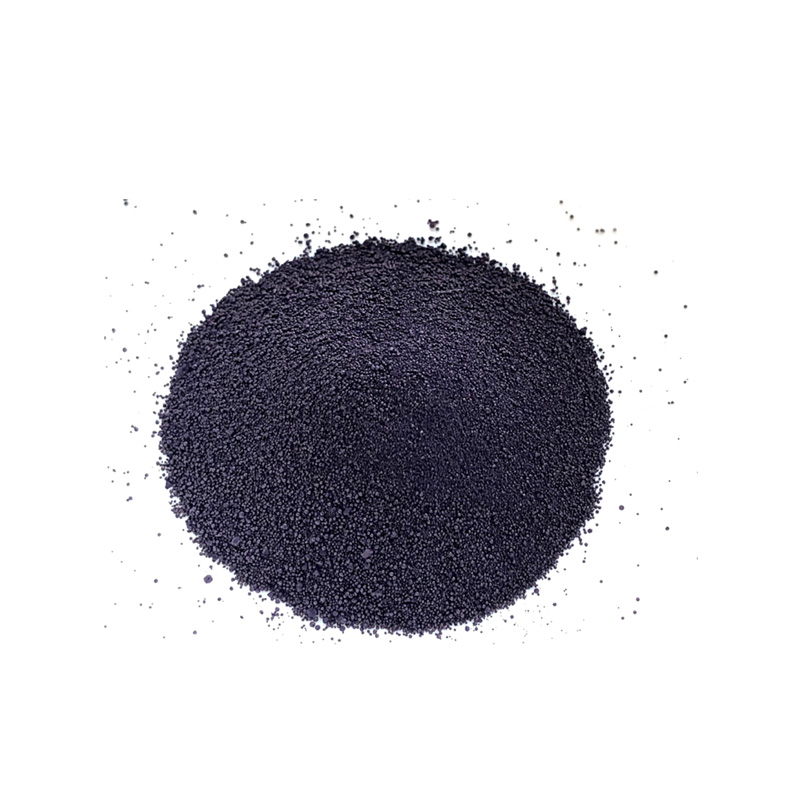Exploring the Techniques and Innovations of Indigo Dye Application in Fabric Manufacturing Industry
Setting Indigo Dye in Fabric A Timeless Tradition in Textile Production
Indigo dyeing, one of the oldest dyeing techniques in the world, has captivated artists, designers, and textile enthusiasts for centuries. Known for its deep blue hue and unique patterns, indigo dye has played an essential role in various cultures, especially in regions like Japan, India, and West Africa. In recent years, the revival of interest in sustainable and natural dyes has brought indigo back into the spotlight. This article will explore the significance of setting indigo dye in fabric, the methods involved, and the sustainable practices that are reshaping the industry.
The Significance of Indigo Dye
Indigo is derived from the leaves of the indigo plant, particularly Indigofera tinctoria, and its historical use dates back to ancient civilizations. The color blue, often associated with tranquility and depth, has profound cultural meanings in different societies. For instance, in Japan, indigo is linked to craftsmanship and tradition, while in West Africa, it symbolizes wealth and status. The journey of indigo dye from plant to fabric transforms raw materials into a medium of artistic expression, creating not just textiles but also stories.
The Dyeing Process
Setting indigo dye involves several meticulous steps that require skill and patience. The process often begins with fermenting the indigo leaves to extract the dye. Traditionally, this is done by soaking the leaves in water and allowing them to ferment in an airtight container, creating a rich, deep indigo liquid. This fermentation process is crucial, as it enables the indigo to be in a soluble form, which can then bond with the fibers of the fabric.
Once the dye is prepared, the fabric—often made of cotton, linen, or silk—needs to be prepped. Pre-treatment can involve washing the fabric to remove impurities or coating it with a mordant to enhance dye uptake. The indigo dyeing process itself typically consists of multiple dips in the dye vat, with air oxidation between dips. This layering technique allows for the creation of varying shades of blue, from light to dark, depending on the number of immersions.
setting indigo dye in fabric company

One of the enchanting aspects of indigo dyeing is the opportunity to create various patterns. Techniques such as tying (shibori) or folding the fabric before dyeing can yield stunning, intricate designs. Each piece becomes unique, reflective of the artisan's creativity and technique.
Sustainability and Modern Practices
The resurgence of indigo dye in the fabric industry is also closely tied to sustainable practices. As consumers become increasingly aware of the environmental impact of synthetic dyes, many textile manufacturers are revisiting traditional methods using natural indigo. This shift not only promotes ecological responsibility but also supports local communities engaged in indigo farming and dyeing.
Moreover, the use of indigo supports biodiversity, as it encourages the cultivation of dye plants that may have been neglected in modern agriculture. Sustainable indigo dyeing often employs organic farming practices, which can improve soil health and reduce the reliance on chemical fertilizers or pesticides.
Conclusion
Setting indigo dye in fabric is more than a mere production process; it is a rich amalgamation of history, culture, and sustainability. As we move towards a future that values ecological integrity and artistic authenticity, the timeless tradition of indigo dyeing continues to inspire new generations. The deep blue hues of indigo not only enhance the aesthetic appeal of fabrics but also serve as a testament to the enduring legacy of craftsmanship and the powerful connection between nature and art. As this practice evolves, it remains rooted in its rich heritage while paving the way for more sustainable and ethical textile production.
-
The Timeless Art of Denim Indigo Dye
NewsJul.01,2025
-
The Rise of Sulfur Dyed Denim
NewsJul.01,2025
-
The Rich Revival of the Best Indigo Dye
NewsJul.01,2025
-
The Enduring Strength of Sulphur Black
NewsJul.01,2025
-
The Ancient Art of Chinese Indigo Dye
NewsJul.01,2025
-
Industry Power of Indigo
NewsJul.01,2025
-
Black Sulfur is Leading the Next Wave
NewsJul.01,2025

Sulphur Black
1.Name: sulphur black; Sulfur Black; Sulphur Black 1;
2.Structure formula:
3.Molecule formula: C6H4N2O5
4.CAS No.: 1326-82-5
5.HS code: 32041911
6.Product specification:Appearance:black phosphorus flakes; black liquid

Bromo Indigo; Vat Bromo-Indigo; C.I.Vat Blue 5
1.Name: Bromo indigo; Vat bromo-indigo; C.I.Vat blue 5;
2.Structure formula:
3.Molecule formula: C16H6Br4N2O2
4.CAS No.: 2475-31-2
5.HS code: 3204151000 6.Major usage and instruction: Be mainly used to dye cotton fabrics.

Indigo Blue Vat Blue
1.Name: indigo blue,vat blue 1,
2.Structure formula:
3.Molecule formula: C16H10N2O2
4.. CAS No.: 482-89-3
5.Molecule weight: 262.62
6.HS code: 3204151000
7.Major usage and instruction: Be mainly used to dye cotton fabrics.

